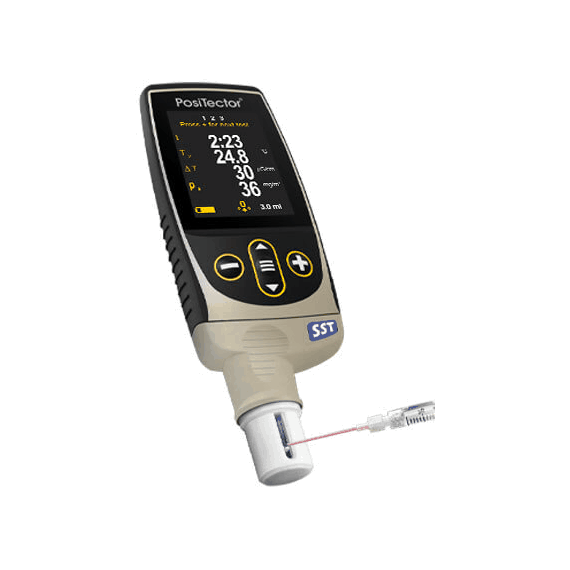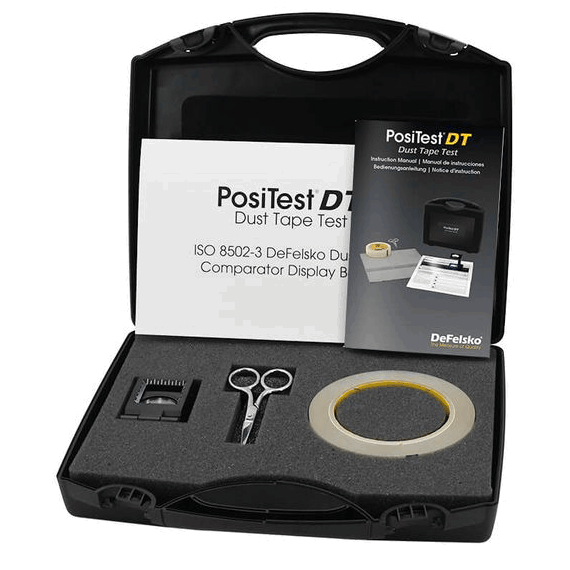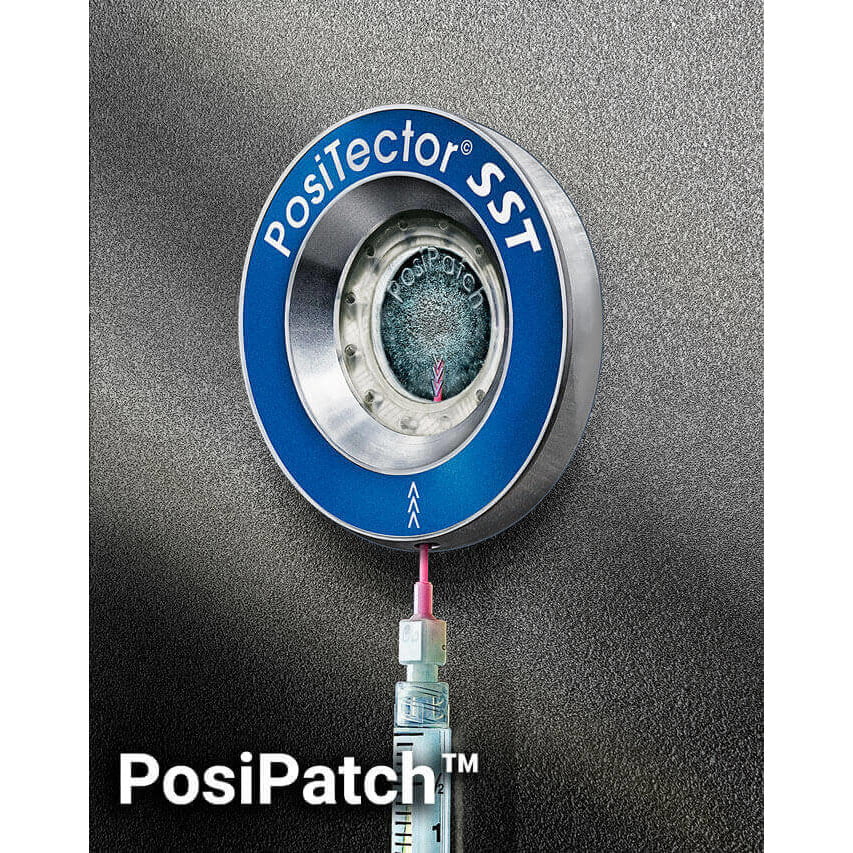Partner
DeFelsko
Salt and dust contamination

Salt and dust contamination
Benefit

What is the benefit of this contamination measurement?
Surface contamination from soluble salts and abrasive residues are important factors that affect the long-term performance of coatings on steel surfaces. Before applying protective coatings, the substrates must be thoroughly inspected for the presence of surface contaminants such as soluble salts, dust, oils and grease.
Soluble salts are not visible to the naked eye and, if left on the substrate in sufficient quantities, can draw moisture through the coating, leading to premature coating failure due to osmotic blistering or disbonding. If not detected and removed, excessive dust particles can also reduce the adhesion of applied coatings, leading to coating failure.
Quality assurance programmes benefit greatly from the regular use of determinative tests such as the salt contamination test using the Bresle method (ISO 8502-6, ISO 8502-9) and the Dust Tape Test (ISO 8502-3). DeFelsko offers several products for assessing surface cleanliness.
Complies with ISO 8502-3/-6/-9, US Navy PPI 63101-000, U.S. Navy NAVSEA NSI 009-32, AS 2894.6, IMO MSC.215(82), IMO MSC.244(83), SSPC Guide 15, ISO 11127-6, ASTM D4940
Various test procedures

Tester for soluble salts
PosiTector SST
The PosiTector SST measures the concentration of soluble salts ("salt contamination") on metal surfaces using the Bresle method.
Complies with ISO 8502-6/8502-9, US Navy PPI 63101-000, U.S. Navy NAVSEA NSI 009-32, AS 3894.6, IMO MSC.215(82), IMO MSC.244(83), SSPC Guide 15, ISO 11127-6, ASTM D4940

Dust Tape Test
PosiTest DT
The PosiTest DT evaluates the quantity and size of dust particles on blasted surfaces. A spring-loaded dust belt roller is optionally available to apply a constant force in accordance with the recommendations of ISO 8502-3.
Complies with ISO 8502-3, AS 3894.6, US Navy PPI 63101-000

Reusable Bresle plasters
PosiPatch
Reusable Bresle test patch with standard or flexible magnetic ring for measuring salt contamination.
According to ISO 8502-6,9 - the Bresle method.